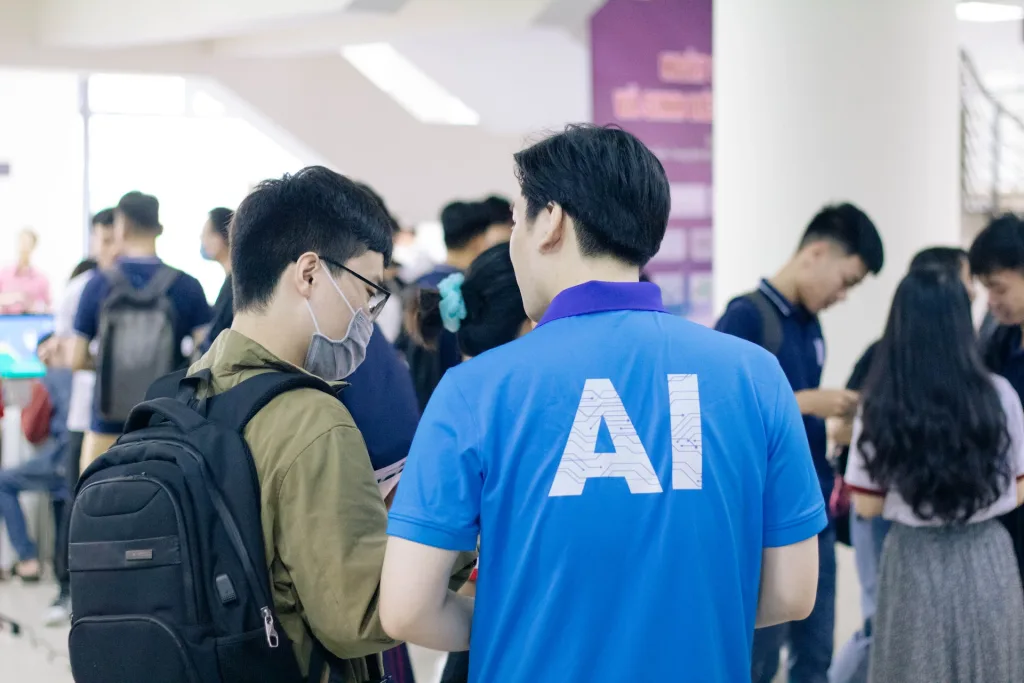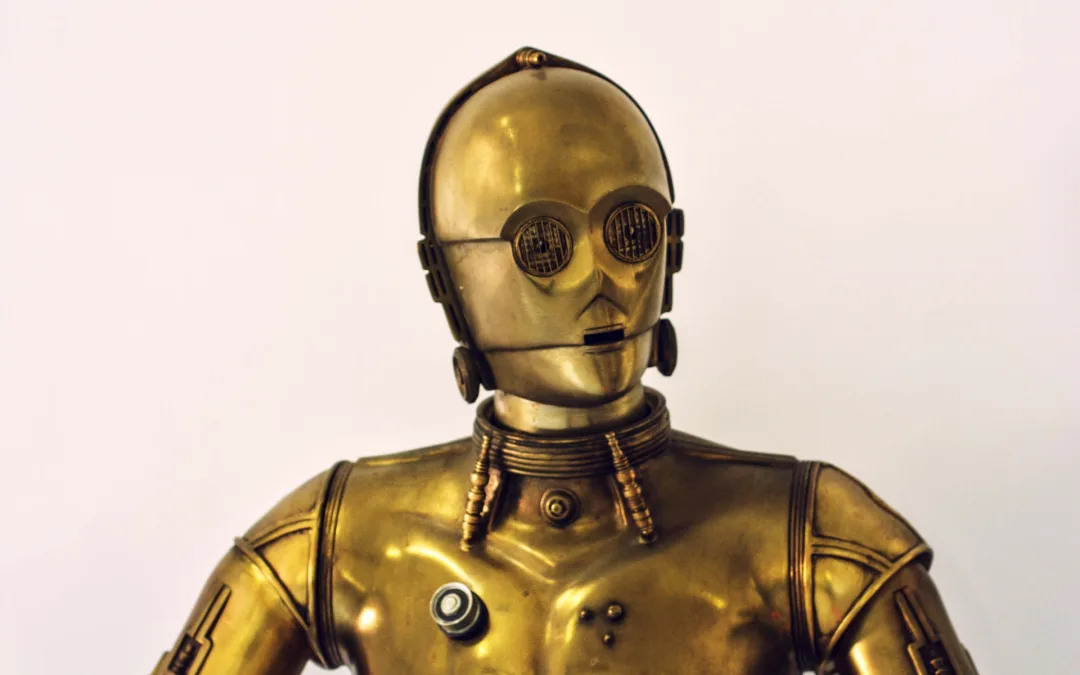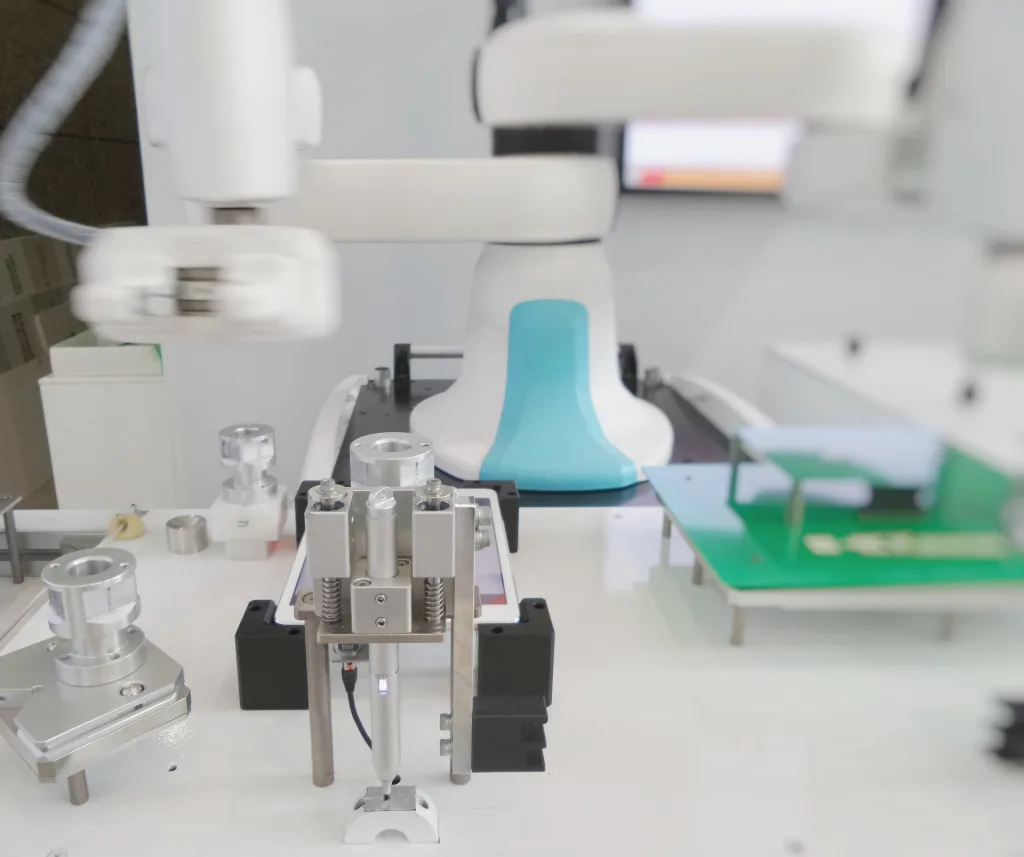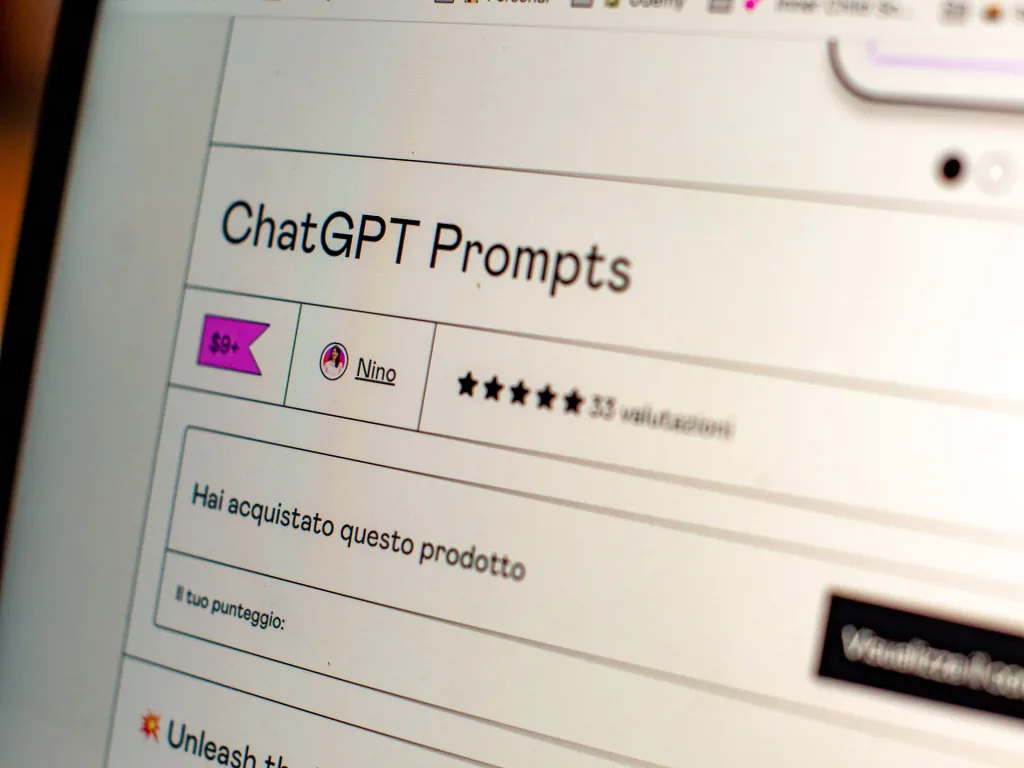“This is the single most mind-blowing application of machine learning I’ve ever seen.”
Mike Krieger, co-founder of Instagram.
The words of Mike Krieger are not hyperbole. While ML is capable of some remarkable things in terms of data analysis and insights, GitHub Copilot is a total game-changer because of the potential utility it can provide product developers around the world.
Coding copilots and Generative AI help teams unlock huge benefits, such as accelerating the software development lifecycle to hitherto unimaginable speeds. However, the technology’s impact on RPA and Software Testing are two of the most exciting frontiers of this amazing tech.
In this article, we’ll look at how coding copilots and Generative AI have altered the worlds of Software Testing and RPA in the present day before we explore their future impact on the tech.
Copilots and Generative AI in
software development: A Primer

Generative AI and coding copilots are relative newcomers to the software development landscape. Before we discuss their impact on the space, it’s worth looking at their backgrounds and how they work.
1. AI-powered auto coders
Large language models (LLM) have improved remarkably over the last few years. As the size of the data sets and the computational power have increased exponentially, the quality of output has risen.
There are many verticals that can benefit from LLMs. Some of the most written about include generating text, images, videos, and other forms of media. However, while these use cases are impressive, there are implications for developers that are perhaps far more interesting.
There are a number of LLM autocoders on the market. However, GitHub CoPilot is perhaps the best-known and most accomplished. A large part of the reason is that it is trained on the GitHub repository. It has access to millions of examples of open-source code, best practices, application architecture, and more to learn from, which allows it to provide high-quality and versatile outputs.
2. How do coding copilots work?
One of the easiest ways to talk about how coding copilots work is by looking at the leading product in the game, GitHub CoPilot. The application is based on OpenAi’s ChatGPT-3 model.
Just like ChatGPT and similar LLMs, CoPilot is based on billions of parameters. During the development of ChatGPT-3, OpenAI started to build a dedicated coding program called OpenAI Codex. Microsoft bought exclusive access to the product.
However, the key thing here is that Microsoft already owned GitHub. If you’re a coder, you’ll know all about GitHub. Basically, it’s a web-based platform used for version control and collaboration in software development projects. They trained the OpenAI Codex on the GitHub library that contained millions of lines of open-source, public code.
CoPilot uses Machine Learning to find patterns and relationships between lines of code. Just like ChatGPT, it looks at a word or line and calculates the probability of what should come next based on a vast repository of historical data.
The power of AI copilots lies in their ability to suggest code snippets as developers edit. Think of it like a supercharged autocomplete for coding. As coders enter a line of code, the LLM compares the start of that code with its huge library of previous projects. From there, it suggests probabilistic lines and novel lines of code.
The obvious benefits here are that developers can save an incredible amount of time through this autocompletion. It boosts productivity and, in many cases, the accuracy of the code.
3. What about Generative AI for coding and development?
As you can see from the history of CoPilot, Generative AI and Copilots have similar roots. They are both technologies that use statistical probability to make predictions about what users need based on imputed information.
However, the big difference between copiloting software and generative AI is that the latter is prompt-based. In short, that means that users input a set of written instructions to the machine, and it outputs content. As anyone who has used ChatGPT or similar applications knows, this output can come in the form of text, images, video, or code.
So, while the methods that coders use to arrive at automated coding are different, we can place them under a similar umbrella of AI-assisted automated or generative coding.
The evolution of software testing
Software testing is responsive and ever-evolving. In the space of a few decades, it has shifted and morphed to meet new requirements and use advances in technology.
1. Manual testing:
The early days of software testing involved manual testing. This kind of testing was expensive and time-consuming because it required QA experts to go over software with a fine tooth comb by developing a series of test cases, running and recording the results, scheduling fixes, and repeating the process.
Ensuring that all possible scenarios and situations were covered by these tests was a major challenge, and when added to the time and costs involved, manual testing was resource-intensive. It was also highly susceptible to human error, which was amplified by limited distribution options, which meant any undiscovered bugs were challenging to patch quickly.
2. Scripted testing:
Scripted testing represented a huge step forward for the QA community. Instead of going through code and test scenarios manually, developers were able to write programs that could test software automatically. The big plus sides here were that testing became more efficient and less prone to human error. However, achieving this required skilled, precise, and time-intensive planning and coding to ensure comprehensive coverage.
3. Test automation:
Test automation was the next evolution of testing. Tools like ZAPTEST were able to offer coders all the benefits of scripted testing but with a no-code interface. Again, the significant benefits here were saving time, reusable and adaptable tests, UI and API testing, and cross-platform and cross-device testing.
4. Data-driven testing:
Data-driven testing was the solution to the problem of testing software that processed various data sets. Again, this is a form of test automation, but this method involves creating test scripts and running them against assigned data sets. This type of testing allowed developers to work faster, isolate tests, and reduce the amount of time repeating test cases.
5. Generative AI testing:
Generative AI testing is the newest innovation in software testing. By using LLMs, QA teams can create test cases and test data that help accelerate the testing process. These test cases are highly flexible and editable, which helps developers reuse and repurpose tests and vastly increase the scope of testing.
Present-day use of copilots and
Generative AI in Software Testing and RPA
Generative AI and copilots have had a big impact on software testing. However, rather than outright replacing coders, these tools have helped to augment testers. In short, they help developers become quicker and more efficient and, in many cases, boost the quality of testing.
The Stack Overflow Developer Survey from 2023 offers some insights into the current-day use of AI tools within the software development community. One of the most interesting parts of the survey suggested that while slightly more than half of all developers suggested they were interested in AI tools for software testing, less than 3% said they trusted these tools. What’s more, just 1 in 4 suggested that they were currently using AI tools for software testing.
What’s interesting about these statistics is that they show that using AI tools is not yet widespread and that early adopters can still get an advantage.
1. Copilot and Generative AI use cases in software testing and RPA
Copilots and Generative AI are impacting every area of software development. Here are a few of the ways that the technology can help with software testing and RPA.
Requirement analysis
Requirement analysis is a key part of the software development lifecycle. The process involves understanding stakeholder requirements and the various features required to build a piece of software. Generative AI can help teams with ideation by coming up with new ideas and perspectives.
Test planning
Once test requirements are well understood, QA teams need to break things down into a schedule to ensure adequate test coverage. This type of work requires expertise and experience, but Generative AI can support teams through examples and guides, plus make recommendations of particular tools and best practices for their unique requirements.
Test case creation
QA teams can use LLMs to analyze code, user requirements, and software specifications to understand the underlying relationships behind the system. Once the AI has a grasp of the inputs and outputs and expected behaviors of the software, it can start to build test cases that will test the software.
The benefits here go beyond saving time and manual coding. AI test case creation can also lead to more comprehensive coverage because it can explore areas that QA engineers might not consider, leading to more reliable builds.
Finding and solving bugs
Machine learning allows QA professionals to significantly cut down the time it takes to locate and resolve bugs. In software testing, many bugs are easy to locate. However, in many scenarios, it’s a laborious and time-consuming process. Generative AI can perform checks in a fraction of the time of manual workers and help highlight even the most stubborn bugs. Moreover, these AI tools can also resolve the bugs they identify, saving endless time for QA teams.
UI testing
Generative AI tools can simulate a range of user behaviors and interactions with software systems. The methods can give development teams confidence that their interface can handle a wide range of human-computer uses. What’s more, Generative AI can also analyze user interface data and heatmaps and make suggestions about how to improve UI and make it more user-friendly.
The future of copilots and Generative AI
in Software Testing and RPA
While the present-day use of copilots and Generative AI in software automation is already exciting, the future holds even more promise.
The future of copilot and Generative AI hinges on improvements that can be made to the products. A recent study from Purdue University, titled Who Answers It Better? An In-Depth Analysis of ChatGPT and Stack Overflow Answers to Software Engineering Questions underlines some of the limitations of Generative AI models.
The researchers gave ChatGPT over 500 questions from Stack Overflow. The AI tool answered more than half inaccurately. Now, it’s important to note that one of the most significant issues the researchers noted was that the AI failed most frequently because it didn’t understand the questions properly. This detail underlines the importance of prompt engineering within Generative AI.
Additionally, both Google and Amazon have run independent tests this year to look at the quality of Generative AI tools in an interview question setting. In both cases, the tool managed to answer test questions well enough to get the position, as reported by CNBC and Business Inside, respectively.
So, it’s clear that we are at a point in this technology where the potential is there, but some minor things need to be ironed out. The scale at which these tools have improved in recent years gives us confidence that it will get to the required level and probably ahead of schedule.
Now, we can take a look at some of the areas where these technologies will impact the future of software development testing.
1. Hyperautomation
Hyperautomation describes a destination in the evolution of the enterprise where every process that can be automated will be automated. It is a holistic approach to productivity that is highly interconnected.
In terms of software development, it’s not hard to imagine a centralized system with an oversight of business process requirements. The system will understand and identify needs and efficiencies and constantly identify areas that need to be improved via technology.
As businesses evolve, these centralized systems will use Generative AI to build applications that will resolve bottlenecks and inefficiencies automatically or perhaps push particular jobs to engineers to complete.
2. Designing software architectures
With sufficient data, AI tools could understand software architecture best practices and find ways to improve these designs for maximum efficiency. Machine learning is about finding patterns and relationships that are beyond the scope of the human mind.
If AI tools have sufficient knowledge of a variety of applications, we can instruct them to bend previous architectures towards new requirements, leading to more efficient builds or even ideas that would otherwise not be considered.
3. Modernization of legacy systems
While no software is ever perfect, there are many tools that still do an excellent job and are so deeply embedded in a company’s infrastructure that they are difficult to replace. Adapting these systems can be a chore, especially if they were written using software code that has fallen out of fashion.
In the future, Generative AI tools will be able to convert this code into the language du jour, allowing teams to keep their legacy systems and, in many cases, improve them.
4. Enhancing low-code and no-code development
One of the challenges of automation software testing via Generative AI tools that we identified above was a situation where the coder lacked the knowledge and experience to verify the output.
AI copilots will help augment low-code tools by making better suggestions that lead to robust applications. Sophisticated testing tools will allow human operators free creative reign while constantly validating their work and opening the door to nontechnical professionals to build the applications they need.
Benefits of Generative AI in software testing
Using Generative AI for software testing has many benefits that make it an attractive option for development teams who want to work faster but without compromising on quality.
1. Speeding up the software development lifecycle
Developers are under constant pressure to work long hours to ensure that software and new features get to market in a timely fashion. While Agile/DevOps methodologies have ensured that development is more efficient, there are still individual stages of development that can benefit from further streamlining.
Generative AI tools allow testing teams to tackle various SDLC stages, from generating prototypes to UI testing.
2. Comprehensive bug detection
One of the most powerful applications of AI in software testing comes from the technology’s ability to compare large datasets. ML tools can analyze vast data sets (including code) to build a repository of information and expected models.
When devs commit code, they can compare it to these models, which can highlight unexpected scenarios, dependencies, and vulnerabilities, allowing for better code throughout the whole development process.
3. Improved test coverage
Machine learning tools are built to analyze and understand vast sets of data. When applied to software testing, it allows teams to increase the scope of their software testing. The benefits are beyond just removing human labor from the equation to save money; AI also leads to a far more comprehensive type of testing that allows for improved bug detection across a complex set of scenarios.
4. Reduced costs
When compared to employing a team of QA engineers and using them for repetitive and time-consuming software testing tasks, Generative AI and RPA are faster and more cost-effective.
As the world of software development becomes more competitive, finding ways to deliver quality, durable products on budget increases in importance. Generative AI tools and copilots can reduce the reliance on engineers and allow them to perform value-driven work and lead to less bloated builds.
Do Generative AI tools spell the end
of human software engineers?
Despite their obvious benefits, any automation tool can cause workers a level of anxiety about their future. While this is a normal reaction, the speed and scope of Generative AI mean that concerns are more extensive than usual. While these tools have the capacity to automate many jobs, they can’t perform every task that software engineers do. Understanding the technology’s capabilities, as well as their limitations, is essential for engineers and leaders.
The first thing that people need to remember is that test automation tools powered by AI have existed on the market for quite some time. However, the user-friendly nature of Generative AI does make it capable of further flexibility.
One of the first things that we have to consider is that Generative AI works best for outputs that can be verified. This is a key point. The nature of how LLMs are trained means that they will do their best to give you an answer, even if that occasionally means “hallucinating” facts, references, and arguments.
Now, if you have sufficient knowledge of coding, you’ll be able to read and verify any text that Generative AI outputs and catch potential errors. If you are a citizen coder who is using Generative AI in lieu of being able to code, you won’t be as capable of catching these mistakes.
So, when looked at from this perspective, skilled engineers will still be a critical part of the software development ecosystem. They will still be required to test in both a supervisory and practical sense.
Another limitation of Generative AI for software testing involves mobile testing. For example, ChatGPT is a good option for testing website UIs. However, it doesn’t have access to different mobile devices. With so many different handsets and models on the market, it falls behind current test automation software like ZAPTEST. This problem is no minor hurdle, either. More than half of all internet use comes from mobile, and that number increases each year.
So, while Generative AI will take many duties from developers, it won’t render these professionals obsolete without vast changes in testing infrastructure and the ability to verify output.
Final thoughts
Software testing and RPA are on a constant path of improvement. As new technology and methods arise, both disciplines absorb the best practices to help QA teams deliver faster and more comprehensive testing at a fraction of the price of manual testing.
While improving the scope of tests and reducing human error and costs are some of the more obvious benefits of AI-powered testing, it also helps teams adopt a continuous integration and deployment pipelines (CI/CD) approach.
With consumer expectations and competition higher than ever, Generative AI offers teams a way to provide fast and efficient tests without compromising quality.







